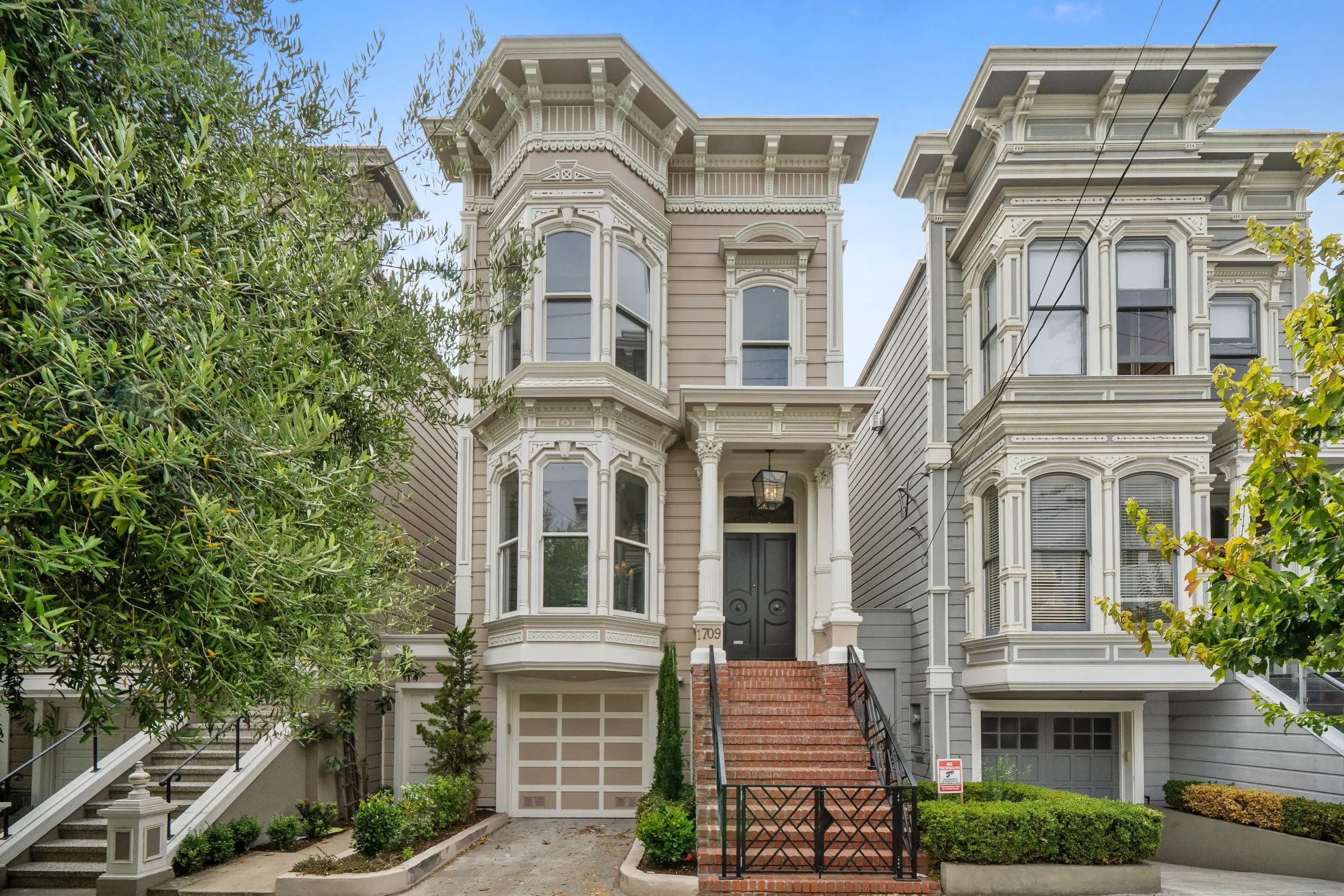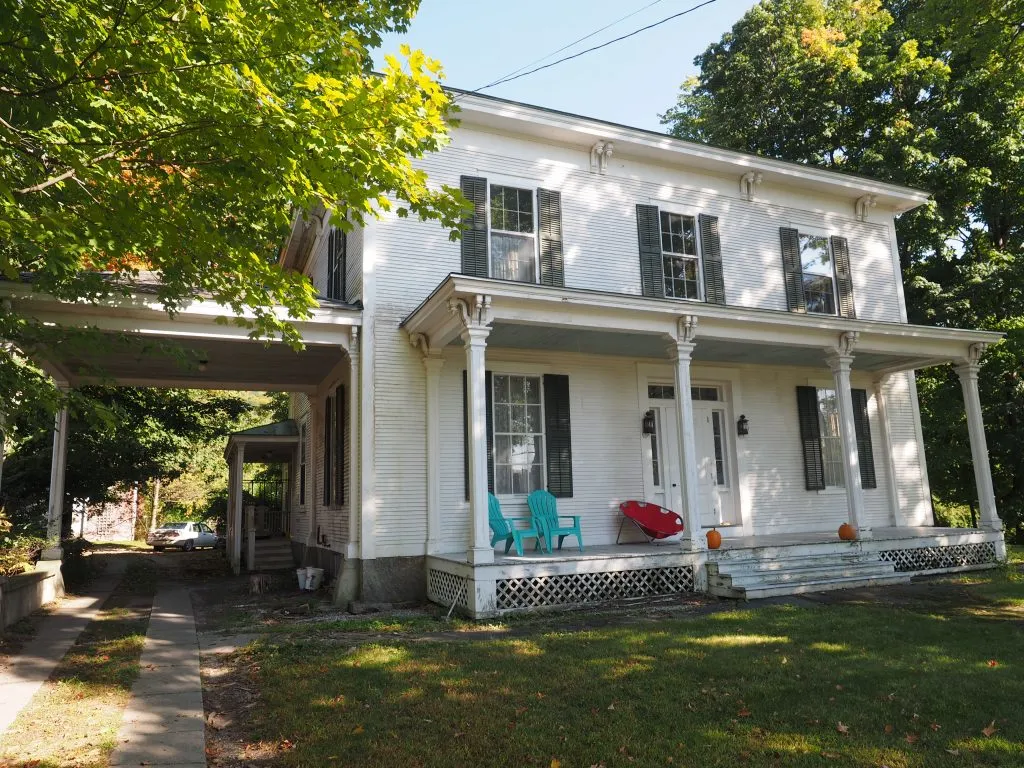The phrase “double doughnut design” may be unfamiliar to you, but if you’ve ever driven through a big city, you’ve undoubtedly seen it. Many urban areas exhibit this pattern, which provides valuable insight into the evolution and growth of cities.

What is a Double Donut Design in Real Estate?
What does it mean, then? Simply put, a double doughnut design occurs when the outer suburbs and downtown (the city centre) both prosper while the neighbourhoods in the middle ring, which separates the two, begin to deteriorate or are ignored.
This arrangement creates two rings (or doughnuts) when viewed from above, with the space between them being less active. That is the origin of the term “double doughnut.”
Why Does This Occur?
Usually, this trend develops over several decades. Here’s how:
• Downtown areas undergo a makeover: People return to the city’s centre, where there are more jobs, hip condos, dining options, and entertainment.
• New families are drawn to the suburbs: Large homes, top-notch schools, and new construction on the outskirts of town attract buyers seeking affordability and space.
• The middle is left behind: Older communities outside the city centre frequently receive less funding and attention, which causes them to stagnate.
These mid-ring neighbourhoods may feel outdated due to their outdated infrastructure, ageing buildings, and lack of new businesses.
Why Should Investors and Buyers of Real Estate Care?
Whether you are working in urban development, looking to invest, or purchasing a home, it is very helpful to understand this pattern. This is the reason:
• Property values can fluctuate: While homes in the middle ring remain unchanged or even lose value, downtown and suburban areas may see price increases.
• Undiscovered investment potential: If cities make the necessary investments in revitalisation, some of these middle-class neighbourhoods, which may be underappreciated now, could grow in the future.
• Perspectives on urban planning: This arrangement can help developers and planners identify the areas that most require infrastructure, services, or housing support.
An Actual Case
Let’s examine a city such as Houston or Atlanta. Their downtowns have been bustling in recent years, with new skyscrapers, tech jobs, and a vibrant nightlife. In the meantime, new communities and schools are rapidly expanding into the suburbs.
However, in between? Older neighbourhoods that might not have kept up can be found. They may have fewer new amenities, old buildings, or high vacancy rates.
That is an example of the double doughnut effect.
Will These Midway Areas Recover?
Of course. In fact, revitalising these transitional neighbourhoods is currently a top priority for many cities. They’re including things like:
• Developments of affordable housing
• Enhancements to public transportation
• Assistance for small enterprises
• Parks and green areas
These initiatives have the potential to make the “forgotten ring” one of the city’s most fascinating neighbourhoods if they are carried out properly.
Final Thoughts
The double doughnut design is a real pattern that influences how cities develop and how people live, not just a catchphrase. Understanding this arrangement can help real estate investors, homebuyers, and urban planners see where opportunities are.
Don’t just follow the crowd when it comes to investing or purchasing. The “middle” has the most unrealised potential sometimes.






